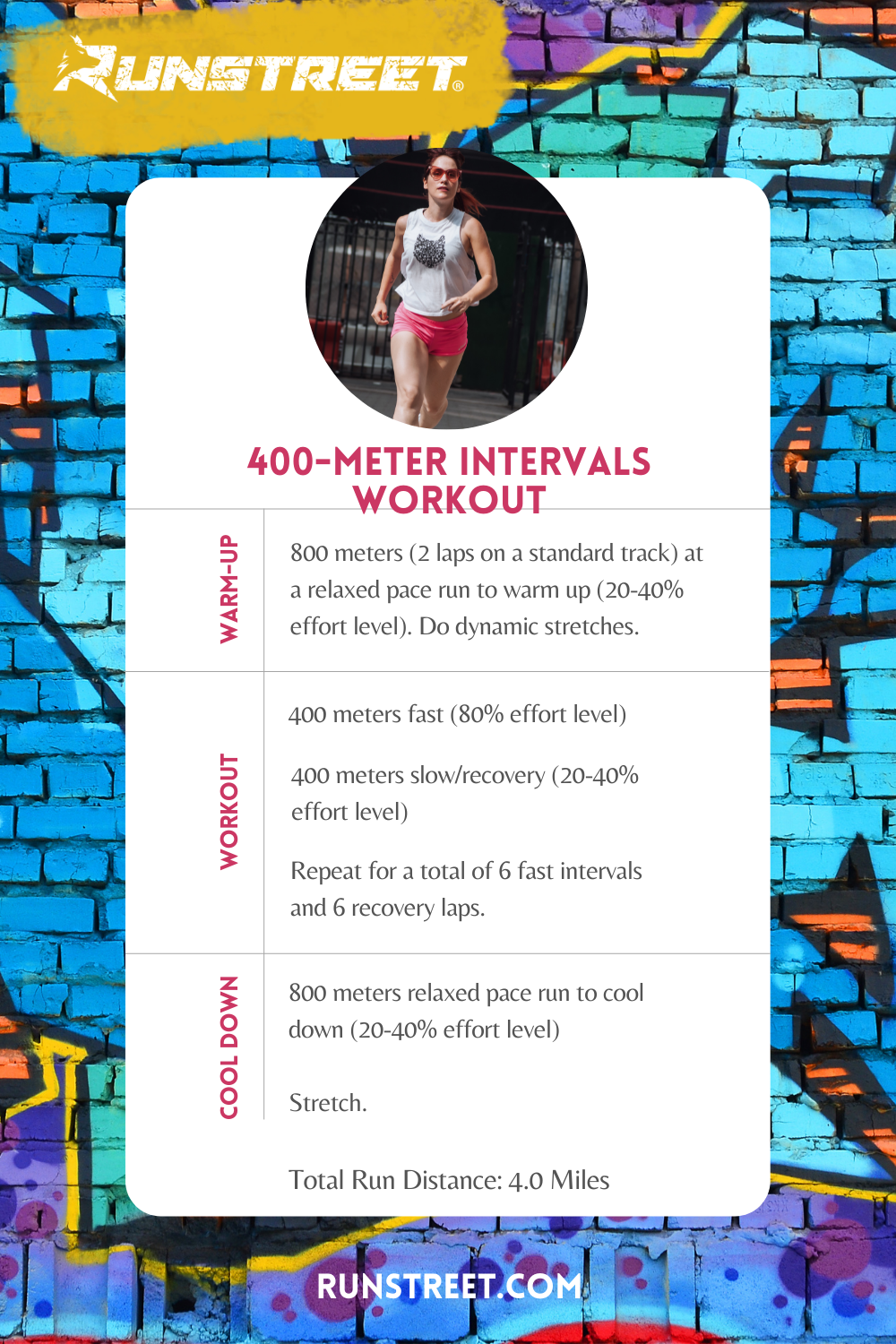Raise Your Running Strategy with Proven Techniques
Raise Your Running Strategy with Proven Techniques
Blog Article
Getting Rid Of Discomfort in Operating: Strategies and Methods That Work
Pain is a common companion for many runners, frequently functioning as a barrier to attaining their preferred goals. Nevertheless, with the best techniques and techniques, it is possible to overcome and even prevent the pain related to running. By exploring numerous techniques such as comprehending the different types of running discomfort, enhancing footwear and kind, integrating cross-training and strength workouts, carrying out efficient recovery approaches, and preserving correct nourishment and hydration, runners can potentially relieve their discomfort and enhance their overall running experience.
Recognizing Different Types of Running Discomfort

Another type of running discomfort is joint discomfort, which can manifest as a sharp or achy discomfort in locations such as the knees, hips, or ankle joints (running strategy). Joint pain may be brought on by variables like improper running type, overuse, or underlying conditions like joint inflammation (more info here). It is very important to distinguish in between muscular tissue pain and joint pain, as the latter may require clinical interest to avoid more injury
Recognizing the various kinds of running discomfort is crucial for effective management and prevention strategies to ensure a safe and enjoyable running experience.
Proper Shoes and Running Kind
To maximize performance and reduce the threat of running-related injuries, choosing appropriate shoes and preserving correct running type are important parts for runners of all degrees. It is suggested to choose running footwear that are specifically created for the individual's foot kind, running gait, and the kind of running activity they involve in.

Cross-Training and Toughness Workouts
Strength exercises, like squats, lunges, and core exercises, play an essential duty in maintaining muscles and improving running effectiveness. They can remedy muscular tissue inequalities, enhance dexterity, and increase power result, all of which are crucial for running performance.
Integrating cross-training and strength exercises into a running regimen must be done strategically. It is essential to enable adequate rest in between running sessions and cross-training tasks to prevent overuse injuries. In addition, concentrating on appropriate type and method throughout stamina workouts is vital to optimizing their advantages and decreasing the threat of injury. By integrating these components into a running regimen, joggers can construct a more powerful structure, boost efficiency, and take pleasure in an extra sustainable running experience.
Recovery and Rest Techniques
Having actually developed the relevance of cross-training and stamina workouts in a detailed running regimen, focus can currently be guided towards Recovery and Relax Techniques as important parts for enhancing efficiency and reducing the threat of injuries. (running workout)
Healing after running is essential for muscular tissue repair and growth. Strategies such as foam rolling, stretching, and massage assistance in reducing muscle discomfort and boosting flexibility. Appropriate remainder in between runs enables the body to recover and adapt to the physical tension, protecting against overuse injuries.
Including energetic recuperation days right into a training timetable, where low-intensity tasks like strolling or biking are executed, can boost blood flow and promote healing without placing excess strain on the muscle mass. In addition, proper hydration and nutrition play a vital role in the recuperation procedure by renewing lost fluids and nutrients.
Quality sleep why not look here is another crucial facet of recovery that need to not be overlooked. During rest, the body undertakes fixing and regrowth procedures, adding to total physical and psychological health. By focusing on recuperation and remainder methods, runners can keep ideal performance levels and decrease the possibility of experiencing pain or injuries.
Nutrition and Hydration for Runners
How can joggers maximize their efficiency with appropriate nutrition and hydration practices? Nourishment and hydration are essential elements of a runner's training regimen, playing an essential role in efficiency, endurance, and recuperation. To improve performance, runners need to concentrate on taking in a well-balanced diet regimen that consists of carbohydrates, proteins, healthy and balanced fats, vitamins, and minerals. Carbs offer energy for running, while healthy proteins aid in muscle fixing and recuperation. Healthy fats support total health and wellness and help in soaking up necessary nutrients. Sufficient hydration is also vital to preserve optimal efficiency, as even light dehydration can negatively impact running efficiency. Runners need to consume water prior to, during, and after their go to stay hydrated. Electrolytes, such as salt and potassium, are likewise important for maintaining fluid equilibrium and muscle feature - running strategy. Furthermore, timing meals and snacks suitably before runs can aid avoid gastrointestinal discomfort and give the needed power for peak performance. By taking note of their nutrition and hydration, joggers can improve their endurance, accelerate recuperation, and carry out at their ideal.
Conclusion
Finally, by comprehending the numerous sorts of running pain, wearing appropriate shoes, keeping proper running form, incorporating cross-training and stamina workouts, focusing on recuperation and remainder, and concentrating on nourishment and hydration, joggers can effectively conquer pain and enhance their performance. Carrying out these methods and strategies can aid joggers protect against injuries, boost their endurance, and inevitably enjoy a more fulfilling running experience.
Report this page